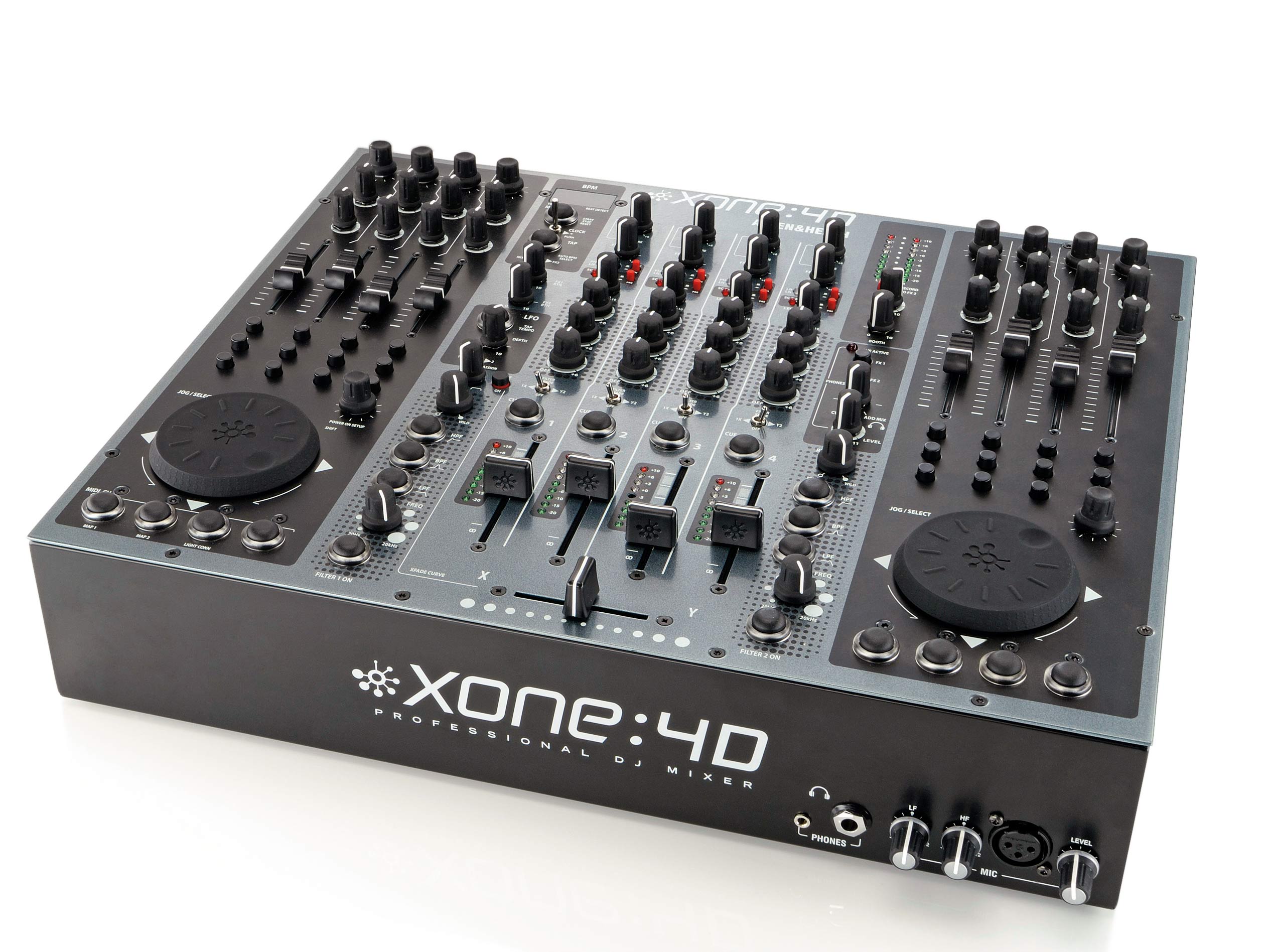Digital recording levels are not critical. You can amplify digitally after recording. It's not like analog tape where you wanted a hot signal to overcome tape noise. Just leave enough headroom to prevent clipping. Pros often record around -12 to -18dB (at 24 bits). (You don't need to go THAT low.)
For cleaning-up clicks & pops I have
Wave Repair ($30 USD). It has a few repair options and it can do an audibly-perfect job on most (but not all) clicks & pops. It's manual so it only "touches" the audio where you identify a defect, but it's also VERY time consuming. It usually takes me most of a weekend to clean-up a digitized LP! (Another issue for you is that it doesn't support 24/96 audio.) I also have
Wave Corrector which is FREE and automatic. Audacity has
Click Removal (automatic),
Repair (manual), or you can zoom-in and re-draw the waveform.
For tagging/metadata, I use
Mp3Tag (it works with all popular formats, not just MP3). Audacity can add or edit metadata, but it's a "weak point" and it doesn't support embedded artwork at all. And if you just want to edit the metadata in Audacity you have to export to a whole file (or overwrite the whole old one). Mp3Tag doesn't touch the audio part of the file.
Don't do that! 
Your player software can play the songs like an album in track order, or sort by artist, title, album, etc. And you need separate files to to "tag" the individual song titles.
That's not necessary with analog vinyl but the only downside is larger files (and Wave Repair won't work).
Metadata is not well standardized or universally supported for WAV. All of the standard compressed formats are better for metadata. FLAC is lossless compression, and as a bonus your files will be about half the size. FLAC is not as universally playable as WAV or MP3, but it's lossless so you can copy to any other lossless or lossy format anytime in the future. A lot of people keep a FLAC archive, and them make MP3 or AAC files for portable use, etc.
️

www.musicradar.com